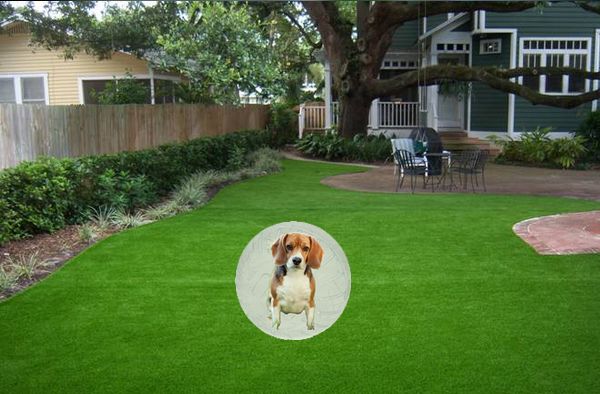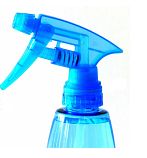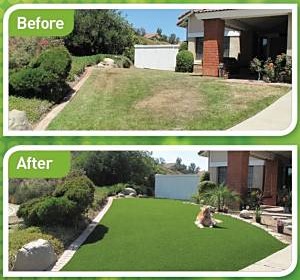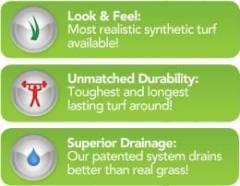
According to a recent study, herbicides (weed killers) applied to residential lawns, were detectable in dogs.
Here are the Highlights of the study:
- Lawn chemicals were commonly detected on treated and “untreated” lawns.
- The detection of lawn chemicals in the urine of pet dogs was widespread.
- Lawn chemicals persisted on the grass for at least 48 h after application.
- Chemicals persisted longer on grass under certain environmental conditions.
- Dogs may serve as sentinels for human exposures, and further study is justified.
Exposure to herbicide-treated lawns has been associated with significantly higher bladder cancer risk in dogs. This work was performed to further characterize lawn chemical exposures in dogs, and to determine environmental factors associated with chemical residence time on grass. In addition to concern for canine health, a strong justification for the work was that dogs may serve as sentinels for potentially harmful environmental exposures in humans.
Herbicides [2,4-dichlorophenoxyacetic acid (2,4-D), 4-chloro-2-methylphenoxypropionic acid (MCPP), dicamba] were applied to grass plots under different conditions (e.g., green, dry brown, wet, and recently mowed grass).
Chemical residues were measured at various intervals up to 72 hours post treatment. In a separate study, 2,4-D, MCPP, and dithiopyr concentrations were measured in the urine of dogs and in grass residues in households that applied or did not apply chemicals in the preceding 48 h. Chemicals were measured at intervals up to 48 hours post application in treated households and at time 0 in untreated control households. Residue persistence of 2,4-D, MCPP, and dicamba was significantly prolonged on dry brown grass compared to green grass.
Chemicals were detected in the urine of dogs in 14 of 25 households before lawn treatment, in 19 of 25 households after lawn treatment, and in 4 of 8 untreated households. Chemicals were commonly detected in grass residues from treated lawns, and from untreated lawns suggesting chemical drift from nearby treated areas. Thus dogs could be exposed to chemicals through contact with their own lawn (treated or contaminated through drift) or through contact with other grassy areas if they travel.
The length of time to restrict a dog’s access to treated lawns following treatment remains to be defined. Further study is indicated to assess the risks of herbicide exposure in humans and dogs.
Interestingly, some herbicides have been around for decades, have been limited in use in other countries, and still remain questionable for exposure to children and pets.

Pesticide Free plus Herbicide Free plus Hypo-Allergenic = 1 Happy Healthy Dog
More than 78 million Americans live with one or more dogs (Humane Society, 2013) and many use herbicides around their homes and lawns to control weeds, though primarily for aesthetic reasons. Although weed killers are beneficial, poor planning or improper use of a product can be very toxic to dogs and I would add probably Not good for our kids. Of course the best way to avoid toxicity is to avoid using chemical products. However, if these chemicals must be used, please be sure to read the labels, use the products properly, and be extremely careful.

Without getting into a lot of home brew, do it yourself concoctions to kill weeds, I offer you a simple recipe that I’ve used for years. It’s safe for the environment, with no long term residue, and kills weeds. Mix a 50/50 solution of the cheapest vinegar you can find, with water. (Grab a gallon or two since it’s awesome for windows too.) I also add a drop of dish soap after adding the water. This decreases the surface tension so it will ‘stick’ to the leaves when applied with my sprayer.
Click here to view the study at the National Institute of Health Site

















Leave a Reply